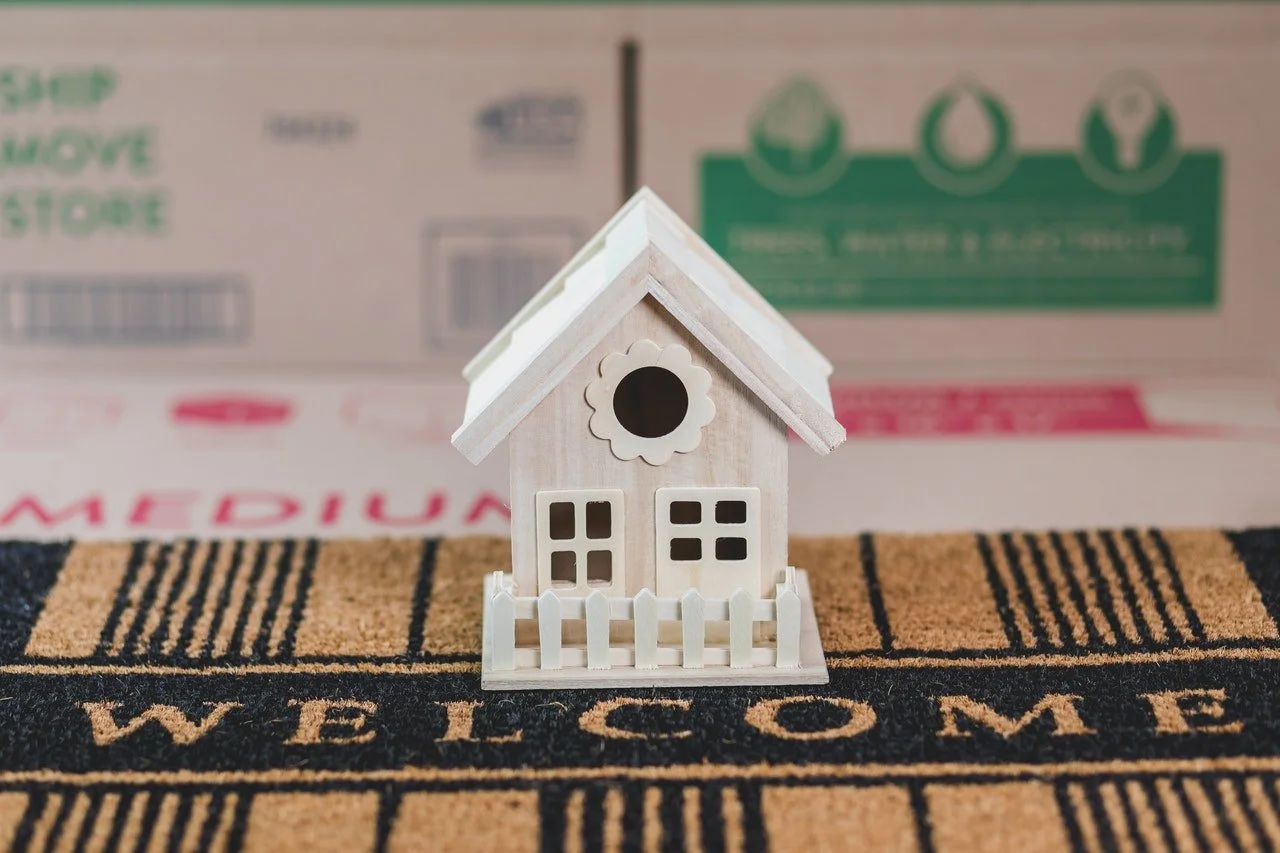Make yourself a home: are 3D printed houses a fad or the future?
3D printed items are becoming increasingly prevalent in our everyday lives. The automotive and aviation industries are leveraging this technology to make components for cars and planes, while 3D bioprinting allows for human tissue and organs to be created for medical purposes.Another fascinating application is the creation of 3D printed homes. As the technology develops and becomes more accepted, the potential for this innovative form of construction similarly increases. However, is it a viable method for building homes or just a passing phase?The logistics There are two options for 3D printing houses – either creating portions of the house or the materials needed to build it.The first, and most common option, uses a large robotic arm that moves on rails to print houses in layers using contour crafting. These machines are much larger than the traditional 3D printers used by hobbyists, producing materials such as concrete, sand and plastic through nozzles to gradually build an object the size of a house.Alternatively, there’s ‘sand 3D printers’ which produce construction materials. Beginning with a single layer of sandy powder, the device then uses a binder to slowly harden the shape of house materials. While this process might not create the entire home, it boasts incredibly fast production times and allows the creation of custom components that builders would otherwise struggle to source.The benefitsIn April 2021, a Dutch couple became Europe’s first inhabitants of a fully 3D printed house. This came at a time when there was a shortage of skilled bricklayers, making it possible to go ahead with construction despite the setback.3D printing can also enhance the possibilities of an architect’s designs, allowing them to create precise, customised and complex projects that would be incredibly expensive with regular construction.Another benefit is lower costs. According to research from last year, the cost to build an average sized 3-bedroom house via 3D printing would be 20-40% less than with conventional building methods, making the tech a powerful tool for ending homelessness and housing shortages.It’s also important to acknowledge the environmental benefits. 3D printers typically use more eco-friendly materials and the resulting homes generate less CO2 emissions. They’re programmed to minimise waste, work around the clock and use limited energy, making them both sustainable and time efficient.The drawbacksOne of the main disadvantages of 3D printing houses is that very few architects are currently using this method, which adds further complexity to potential projects. It also means traditional blueprints aren’t compatible for use with 3D printers, so the design process needs to be handled differently.Another downside is that there’s limited regulations for 3D printing within residential or commercial spaces. Unlike the traditional industry, standards are still required for public safety as well as installing electricity or plumbing, for example.While there's potential to save money by using 3D printing in construction, there are still large upfront costs for the printers. There’s also a lack of infrastructure to transport materials, which has prohibited its use in more remote and emerging regions where it could have the most impact.The future 3D printed buildings offer a combination of innovative, creative design and eco-friendly materials that can be built quickly and at lower costs. But it’s not just eccentric architects or creative homeowners that stand to benefit from this innovative approach to construction.YaleGlobal Online estimates that, globally, roughly 150 million people are homeless, and 1.6 billion people lack adequate housing. Partnerships between governments, non-profits and 3D housing construction companies could change the face of the developing world by creating more affordable housing.As with many established industries, manufacturing tends to move slowly, meaning 3D printed houses are unlikely to become a mainstream offering any time soon.However, as media interest increases, more manufacturers and architects will take notice and add this technology to their arsenal of tools as a complimentary asset, rather than a replacement to conventional construction.

